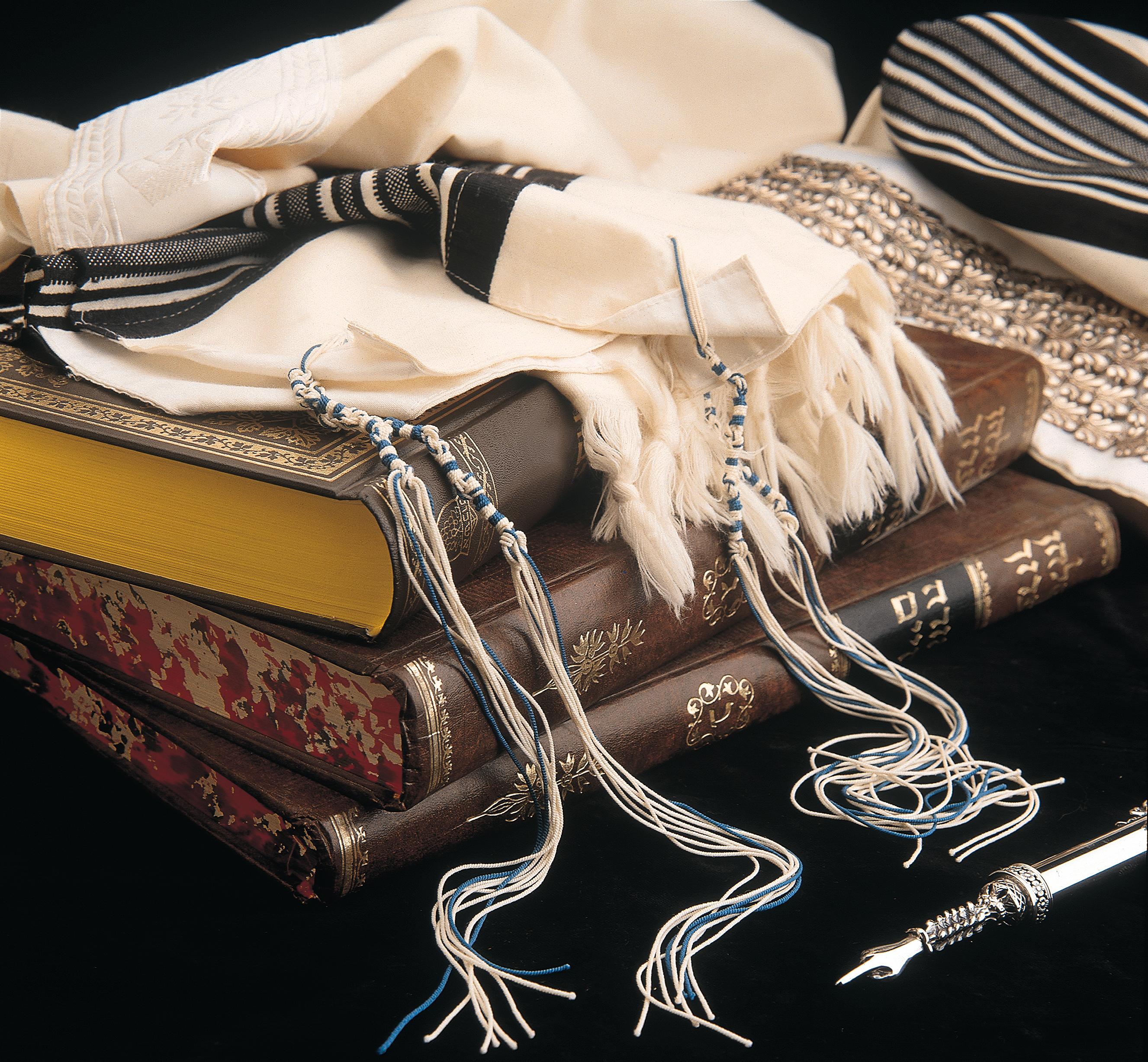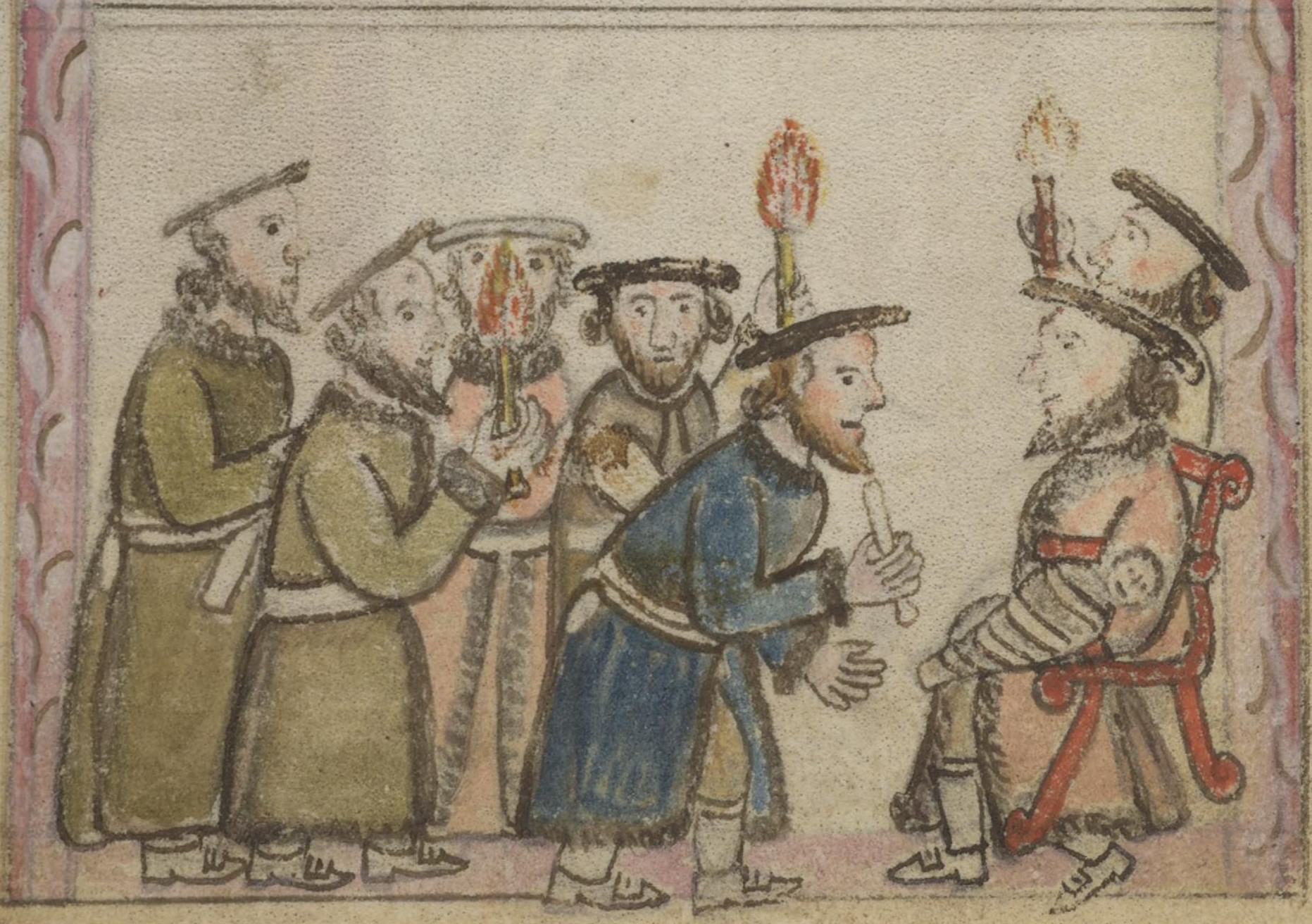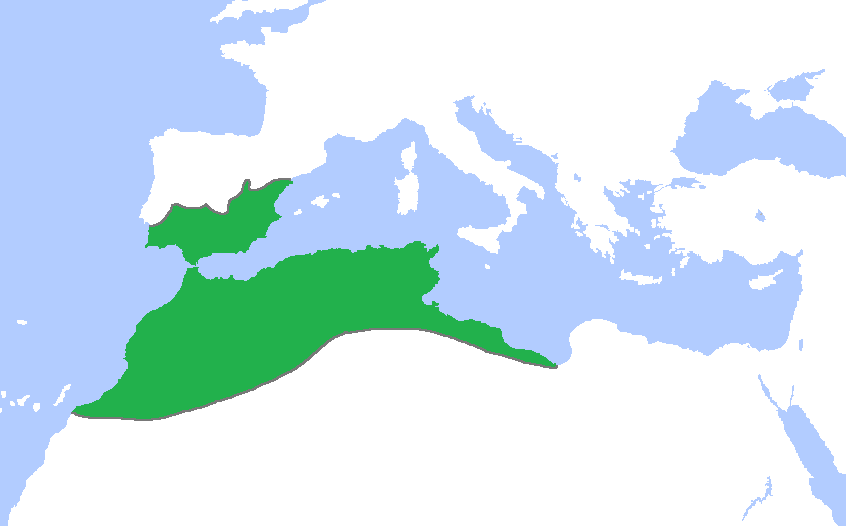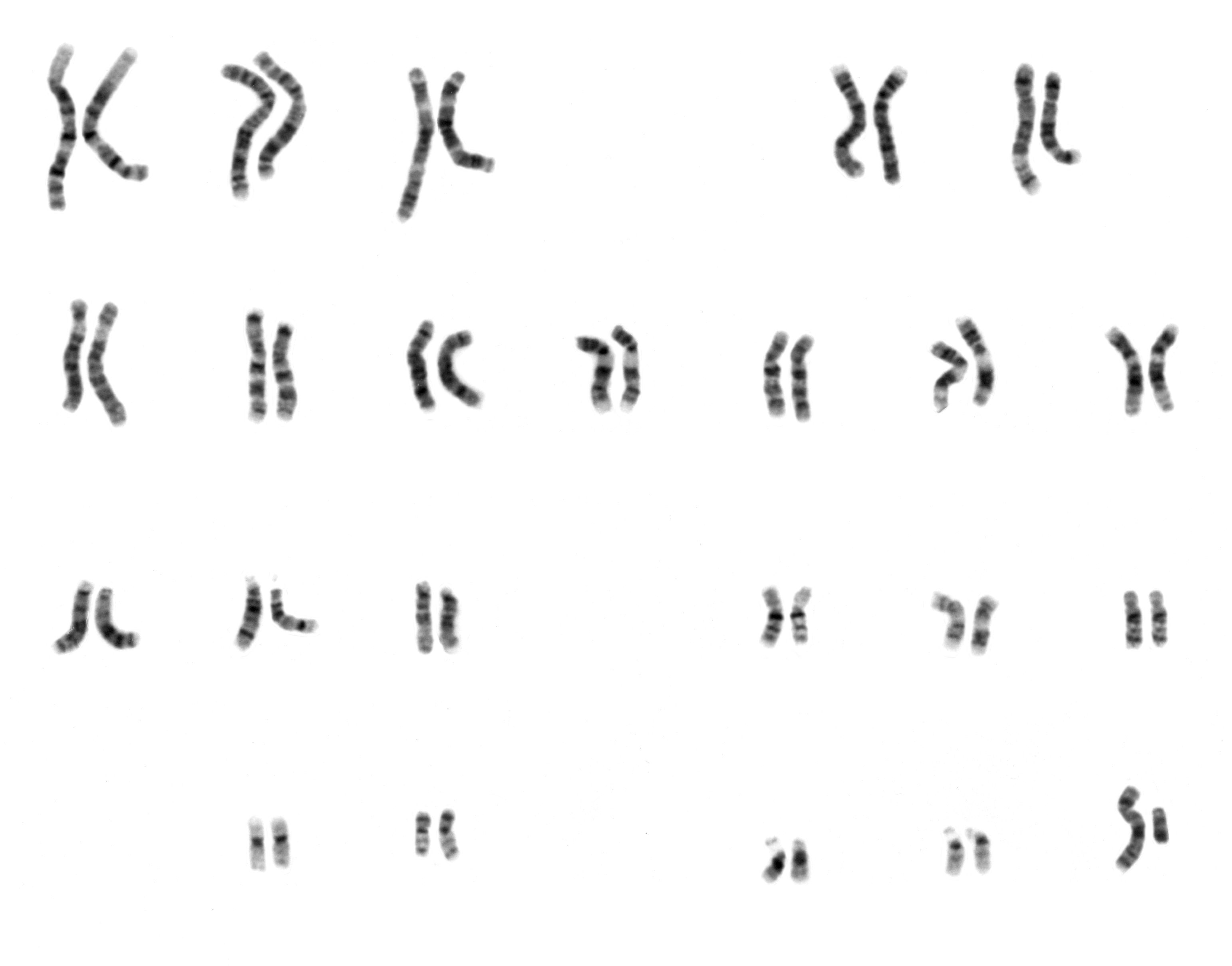|
Tzitzit
''Tzitzit'' ( ''ṣīṣīṯ'', ; plural ''ṣīṣiyyōṯ'', Ashkenazi Hebrew, Ashkenazi: '; and Samaritan Hebrew, Samaritan: ') are specially knotted ritual Fringe (trim), fringes, or tassels, worn in antiquity by Israelites and today by observant Jews and Samaritans. are usually attached to the four corners of the ''tallit gadol'' (prayer shawl), usually referred to simply as a or ; and ''tallit katan'' (everyday undershirt). Through synecdoche, a may be referred to as . Etymology The word may derive from the semitic root, Hebrew root [n-ts-h]. shares this root with the Hebrew for 'lock of hair'. For example, in the Book of Ezekiel an angel grabs the prophet "by the of [his] head;" he could be said to be "dragged by his hair." A popular etymological interpretation of derives from another word which shares this root. ( 'budding flower') may once have referred to floral ornamentation on clothing. One can hear distinct similarities with contemporaneous Akkadian lan ... [...More Info...] [...Related Items...] OR: [Wikipedia] [Google] [Baidu] |
Tallit Katan
A tallit, taleth, or tallis is a fringed garment worn as a prayer shawl by religious Jews. The tallit has special twined and knotted fringes known as ''tzitzit'' attached to its four corners. The cloth part is known as the ''beged'' ("garment") and is usually made from wool or cotton, although silk is sometimes used for a ''tallit gadol''. The term is, to an extent, ambiguous. It can refer either to the ''tallit katan'' ("small tallit") item worn over or under clothing (commonly referred to as "''tzitzit''"), or to the ''tallit gadol'' ("big tallit") worn over the outer clothes during Shacharit—the morning Jewish prayer service—and all of the Yom Kippur prayer services. The term "tallit" alone typically refers to the ''tallit gadol''. There are diverse traditions regarding the age at which a ''tallit gadol'' is first used, including within Orthodox Judaism. In some Sephardic Orthodox communities, young boys wear a tallit even before becoming '' b'nei mitzvah''. In some co ... [...More Info...] [...Related Items...] OR: [Wikipedia] [Google] [Baidu] |
Tallit
A tallit, taleth, or tallis is a fringed garment worn as a prayer shawl by religious Jews. The tallit has special twined and knotted fringe (trim), fringes known as ''tzitzit'' attached to its four corners. The cloth part is known as the ''beged'' ("garment") and is usually made from wool or cotton, although silk is sometimes used for a ''tallit gadol''. The term is, to an extent, ambiguous. It can refer either to the ''tallit katan'' ("small tallit") item worn over or under clothing (commonly referred to as "''tzitzit''"), or to the ''tallit gadol'' ("big tallit") worn over the outer clothes during Shacharit—the morning Jewish prayer service—and all of the Yom Kippur prayer services. The term "tallit" alone typically refers to the ''tallit gadol''. There are diverse traditions regarding the age at which a ''tallit gadol'' is first used, including within Orthodox Judaism. In some Sephardic Jews, Sephardic Orthodox communities, young boys wear a tallit even before becoming '' ... [...More Info...] [...Related Items...] OR: [Wikipedia] [Google] [Baidu] |
Tekhelet
''Tekhelet'' ( ''təḵēleṯ''; also transliterated ''tekheleth'', ''t'chelet'', ''techelet'', and ''techeiles'') is a highly valued blue dye that held great significance in history of the Mediterranean region, ancient Mediterranean civilizations. In the Hebrew Bible and Jewish tradition, tekhelet is used to color the ''tzitzit'' (fringe (trim), fringes) attached to the corners of four-cornered garments, including the tallit, and historically in the clothing of the High Priest of Israel and tapestries in the Tabernacle. The Bible does not specify the source or production method of tekhelet, but rabbinic literature records that it could only be derived from a marine animal known as the ''ḥillāzon'' (Hebrew: ). However, the knowledge of tekhelet production was lost during the Middle Ages, leading to the omission of tekhelet from tzitzit. In recent times, many Jews believe that experts have identified the ''ḥillāzon'' as the snail ''Hexaplex trunculus'' (historically cl ... [...More Info...] [...Related Items...] OR: [Wikipedia] [Google] [Baidu] |
Tassel
A tassel is a finishing feature in fabric and clothing decoration. It is a universal ornament that is seen in varying versions in many cultures around the globe. History and use In the Hebrew Bible, the Lord spoke to Moses instructing him to tell the Israelites to make tassels (Hebrew tzitzit) on the corners of their garments, to help them to remember all the commandments of the Lord and to keep them (Numbers 15:37-40), and as a sign of holiness. The religious Hebrew tassel, however, bears little resemblance to the decorative one which appeared and eventually became popular in Europe, especially France and Spain. In the West, tassels were originally a series of windings of thread or string around a suspending string until the desired curvature was attained. Later, turned wooden moulds, which were either covered in simple wrappings or much more elaborate coverings called ''satinings'', were used. This involved an intricate binding of bands of filament silk vertically around the ... [...More Info...] [...Related Items...] OR: [Wikipedia] [Google] [Baidu] |
613 Mitzvot
According to Jewish tradition, the Torah contains 613 commandments (). Although the number 613 is mentioned in the Talmud, its real significance increased in later medieval rabbinic literature, including many works listing or arranged by the . The most famous of these was an enumeration of the 613 commandments by Maimonides. While the total number of commandments is 613, no individual can perform all of them. Many can only be observed at the Temple in Jerusalem, which no longer stands. According to one standard reckoning, there are 77 positive and 194 negative commandments that can be observed today, of which there are 26 commandments that apply only within the Land of Israel. In addition, some commandments only apply to certain categories of Jews: some are only observed by '' kohanim'', and others only by men or by women. Symbolism of 613 Rav Hamnuna sourced the count of 613 in the verse ("Moses commanded us the Torah..."). The Talmud notes that the Hebrew numerical value ... [...More Info...] [...Related Items...] OR: [Wikipedia] [Google] [Baidu] |
Orach Chayim
''Orach Chayim'' ("manner/way of life") is a section of Rabbi Jacob ben Asher's compilation of Halakha (Jewish law), '' Arba'ah Turim''. This section addresses aspects of Jewish law pertinent to the Hebrew calendar (be it the daily, weekly, monthly, or annual calendar). Rabbi Yosef Karo modeled the framework of the '' Shulkhan Arukh'' (שולחן ערוך), his own compilation of practical Jewish law, after the ''Arba'ah Turim.'' Many later commentators used this framework, as well. Thus, ''Orach Chayim'' in common usage may refer to another area of halakha, separate from Rabbi Jacob ben Asher's compilation. ''Orach Chayim'' deals with but is not limited to: *Washing the hands in the morning * Tefillin * Tzitzit (ritual fringes) *Prayer * Sabbath * Festivals * Torah reading in synagogue. Commentaries on the ''Shulchan Aruch'' – ''Orach Chayim'' * ''Taz (Turei Zohov)'' – by Rabbi David HaLevi Segal * ''Magen Avraham'' – by Rabbi Avraham Gombiner * ''Biur HaGra'' – ... [...More Info...] [...Related Items...] OR: [Wikipedia] [Google] [Baidu] |
Brit Milah
The ''brit milah'' (, , ; "Covenant (religion), covenant of circumcision") or ''bris'' (, ) is Religion and circumcision, the ceremony of circumcision in Judaism and Samaritanism, during which the foreskin is surgically removed. According to the Book of Genesis, God commanded the Patriarchs (Bible), biblical patriarch Abraham to be circumcised, an act to be followed by his descendants on the eighth day of life, symbolizing Covenant of the pieces, the covenant between God in Judaism, God and the Jewish people. Today, it is generally performed by a mohel on the eighth day after the infant's birth and is followed by a celebratory meal known as ''seudat mitzvah''. ''Brit Milah'' is considered among the 613 commandments, most important and central commandments in Judaism, and the rite has played a central role in Jewish history, the formation and history of Jewish culture, Jewish civilization. The Talmud, when discussing the importance of ''brit milah'', considers it equal to all ot ... [...More Info...] [...Related Items...] OR: [Wikipedia] [Google] [Baidu] |
Maimonides
Moses ben Maimon (1138–1204), commonly known as Maimonides (, ) and also referred to by the Hebrew acronym Rambam (), was a Sephardic rabbi and Jewish philosophy, philosopher who became one of the most prolific and influential Torah scholars of the Middle Ages. In his time, he was also a preeminent astronomer and physician, serving as the personal physician of Saladin. He was born on Passover eve 1138 or 1135, and lived in Córdoba, Spain, Córdoba in al-Andalus (now in Spain) within the Almoravid dynasty, Almoravid Empire until his family was expelled for refusing to convert to Islam. Later, he lived in Morocco and Egypt and worked as a rabbi, physician and philosopher. During his lifetime, most Jews greeted Maimonides' writings on Halakha, Jewish law and Jewish ethics, ethics with acclaim and gratitude, even as far away as Iraq and Yemen. Yet, while Maimonides rose to become the revered head of the History of the Jews in Egypt, Jewish community in Egypt, his writings also ... [...More Info...] [...Related Items...] OR: [Wikipedia] [Google] [Baidu] |
Babylonian Talmud
The Talmud (; ) is the central text of Rabbinic Judaism and the primary source of Jewish religious law (''halakha'') and Jewish theology. Until the advent of modernity, in nearly all Jewish communities, the Talmud was the centerpiece of Jewish cultural life and was foundational to "all Jewish thought and aspirations", serving also as "the guide for the daily life" of Jews. The Talmud includes the teachings and opinions of thousands of rabbis on a variety of subjects, including halakha, Jewish ethics, philosophy, customs, history, and folklore, and many other topics. The Talmud is a commentary on the Mishnah. This text is made up of 63 tractates, each covering one subject area. The language of the Talmud is Jewish Babylonian Aramaic. Talmudic tradition emerged and was compiled between the destruction of the Second Temple in 70 CE and the Arab conquest in the early seventh century. Traditionally, it is thought that the Talmud itself was compiled by Rav Ashi and Ravina II a ... [...More Info...] [...Related Items...] OR: [Wikipedia] [Google] [Baidu] |
Book Of Numbers
The Book of Numbers (from Biblical Greek, Greek Ἀριθμοί, ''Arithmoi'', , ''Bəmīḏbar'', ; ) is the fourth book of the Hebrew Bible and the fourth of five books of the Jewish Torah. The book has a long and complex history; its final form is possibly due to a Priestly source, Priestly redaction (i.e., editing) of a Yahwistic source made sometime in the early Yehud medinata, Persian period (5th century BC). The name of the book comes from the two censuses taken of the Israelites. Numbers is one of the better-preserved books of the Torah, Pentateuch. Fragments of the Ketef Hinnom scrolls containing verses from Numbers have been dated as far back as the late seventh or early sixth century BC. These verses are the earliest known artifacts to be found in the Hebrew Bible text. Numbers begins at Mount Sinai, where the Israelites have received their Covenant (biblical), laws and covenant from God in Judaism, God and God has taken up residence among them in the Tabernacle, san ... [...More Info...] [...Related Items...] OR: [Wikipedia] [Google] [Baidu] |
Korban Pesach
The Passover sacrifice (), also known as the Paschal lamb or the Passover lamb, is the sacrifice that the Torah mandates the Israelites to ritually slaughter on the evening of Nisan 14, before Passover of Nisan 15, and eat lamb on the first night of the holiday with bitter herbs and matzo. According to the Torah, it was first offered on the night of the Exodus from Egypt. Although practiced by Jews in ancient times, the sacrifice is today not performed by the vast majority of Rabbinic Jews, but part of Beta Israel, Karaite and Samaritan observance. In the Torah In the Torah, the blood of this sacrifice painted on the door-posts of the Israelites was to be a sign to God, when passing through the land to slay the first-born of the Egyptians that night, that he should pass by the houses of the Israelites (). In the Mishnah this is called the "Passover of Egypt" (''Pesaḥ Miẓrayim'' in M.Pesach ix. 5). It was further ordained ( Exodus 12:24-27) that this observance should be re ... [...More Info...] [...Related Items...] OR: [Wikipedia] [Google] [Baidu] |
Man Wearing Tallit Katan
A man is an adult male human. Before adulthood, a male child or adolescent is referred to as a boy. Like most other male mammals, a man's genome usually inherits an X chromosome from the mother and a Y chromosome from the father. Sex differentiation of the male fetus is governed by the SRY gene on the Y chromosome. During puberty, hormones which stimulate androgen production result in the development of secondary sexual characteristics that result in even more differences between the sexes. These include greater muscle mass, greater height, the growth of facial hair and a lower body fat composition. Male anatomy is distinguished from female anatomy by the male reproductive system, which includes the testicles, sperm ducts, prostate gland and epididymides, and penis. Secondary sex characteristics include a narrower pelvis and hips, and smaller breasts and nipples. Throughout human history, traditional gender roles have often defined men's activities and opportuni ... [...More Info...] [...Related Items...] OR: [Wikipedia] [Google] [Baidu] |








